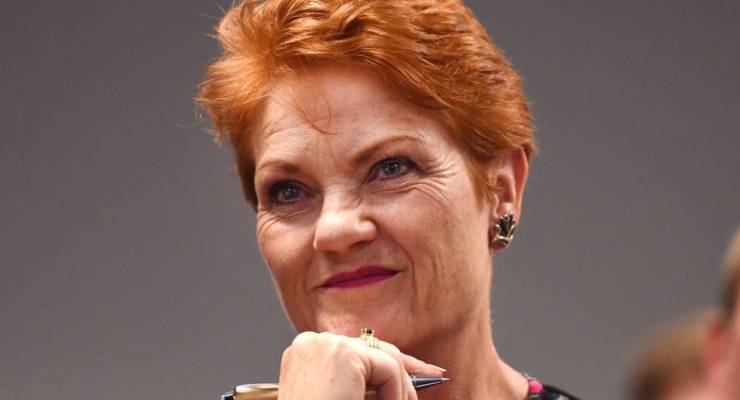
More than half of Australians see themselves as middle class, but “other” voters more strongly identify with the working class than any other voting group, according to this week’s Essential Report.
Thirty-one per cent of voters see themselves as working class and 51% say they are middle class, with just 3% claiming to be upper class. Identification with “middle class” tends to follow income — 35% of voters earning under $1000 a week say they are middle class, compared to 68% earning over $2000 a week. Sixty per cent of Liberal voters saw themselves as middle class compared to 51% of Labor voters and 52% of Greens voters (allegedly the sneering “elites” of conservative mythmaking); 5% of Liberal and Greens voters admitted to being “upper class”; 34% of Labor voters see themselves as working class, but 40% of “other” voters do — in fact that’s the only voting group that is more likely to see itself as working class than middle class.
Health remains the most important issue for voters, with 44% nominating it as the key issue the government must address (compared to 45% in August). Housing affordability and reducing unemployment are the next most important issues (31%), along with national security and terrorism (30% — down seven points since August), then tax avoidance by big companies and the budget deficit.
Interestingly, voters who see themselves as middle class rate health as a little more important than voters who identify as working class, while housing affordability is far more important for the latter (35% to 27%). “Middle class” voters are less worried about tax avoidance than “working class” voters (24% to 29%), but the budget deficit is a greater concern for “middle class” voters — 28% to 23%. They’re also more concerned about border protection (23% to 18%), but middle-class voters are more concerned about environmental protection, 18% to 12%.
Voters also think protectionism will increase the price of goods, although that doesn’t appear to dampen their enthusiasm for it: 17% of voters think it will lead to much higher costs for consumers and business; 47% believe it will lead to slightly higher costs. Coalition voters are more likely to believe we’ll see significantly higher costs from greater protectionism, while “other” voters are the most delusional about protection, with 22% believing it will lead to higher costs.
On voting intention, the Coalition is up a point to 39% and Labor is down a point to 36% and the Greens also lost a point to 9%. One Nation is up a point to 7% — starting to breathe down the neck of the Greens — and NXT remain on 3%. Labor’s two-party preferred lead is now down to 51%-49%.









On Pauline Hanson:
The first time she arrived in Parliament she was raw. This time around she is at least half baked!
A pen and a ruler cost $1.10. If the pen is a dollar more expensive than the ruler, what is the cost of the ruler…? Ten cents you say? Well, that’s the maximum amount of thought that’s gone into voting for Hanson and her ilk. It’s just lazy, knee-jerk and fanciful; and the chances are, the people who are genuinely satisfied with that answer, don’t care that they’re hopelessly wrong.
Oh itsarort, being wrong is the least of their worries. In fact, they can probably point you to a website that tells you they are not wrong!
As with left and right, right and wrong have lost all meaning.